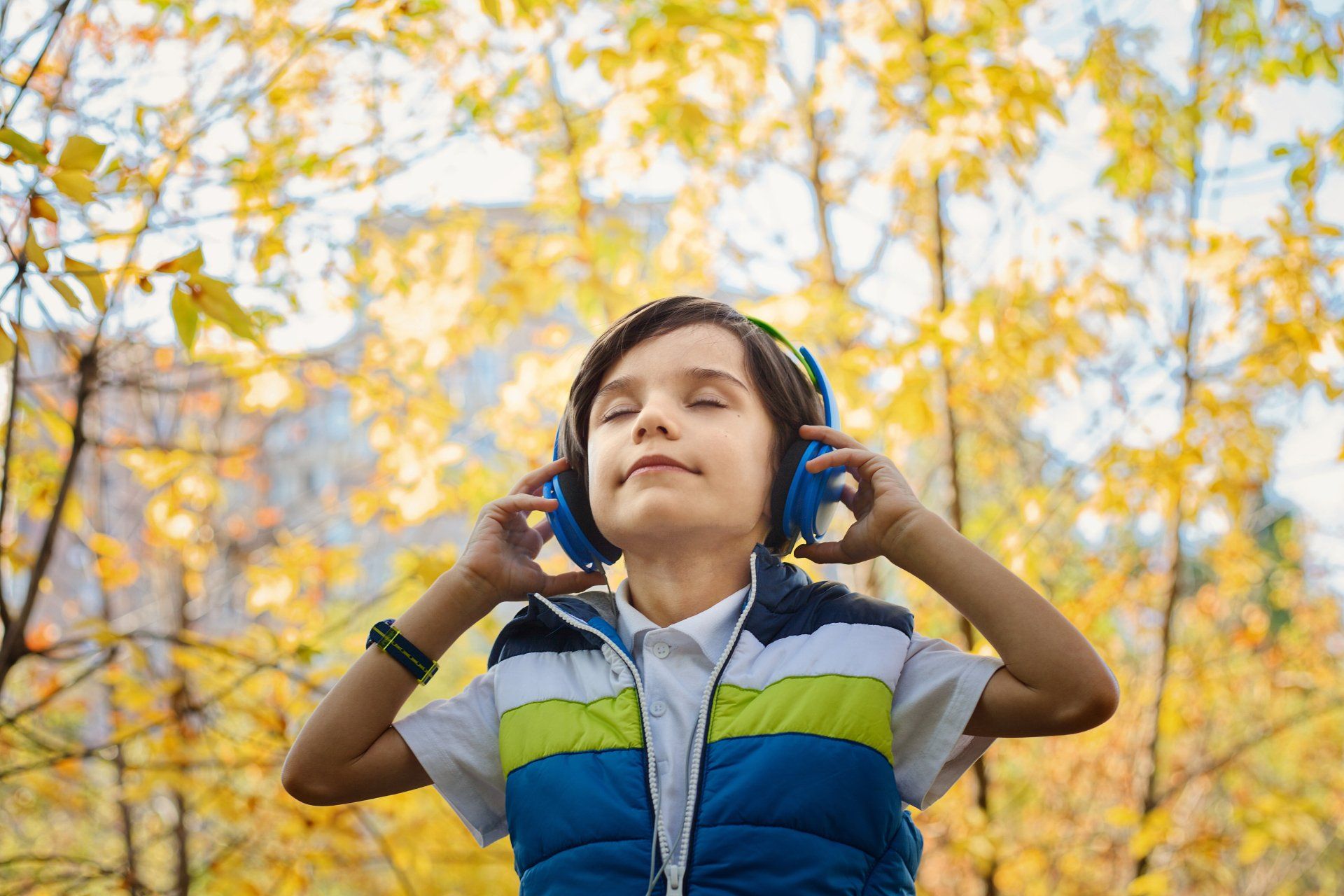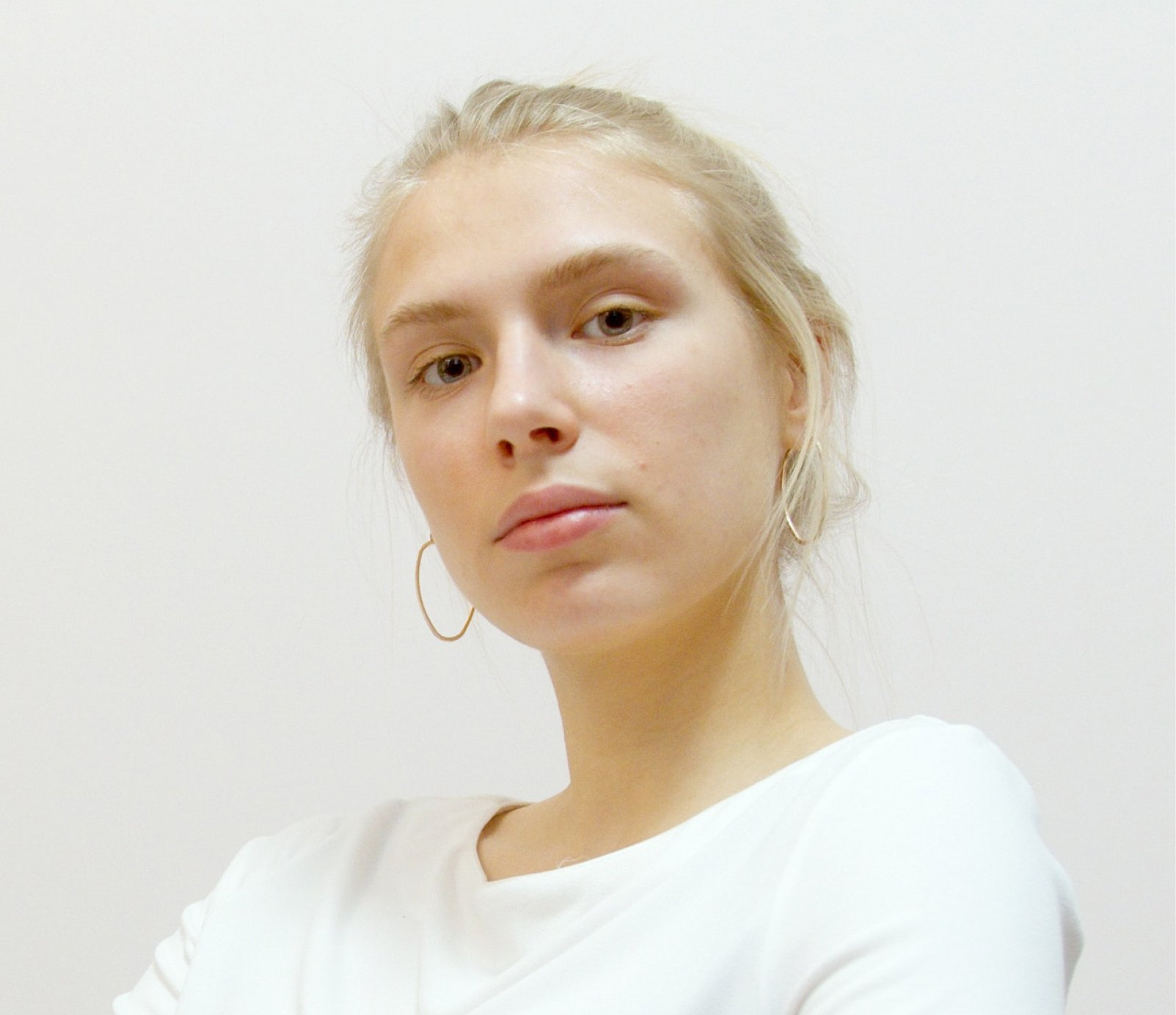Neurofeedback (EEG-Biofeedback) and medication are the two most common forms of treatment fo ADHD (ADD). Both are successful in treating these disorders in a large majority of cases. There are, however, significant differences in the ways these treatments work, the potential side effects of their use, the length of treatment necessary, and importantly, the lessons learned by the child of how to correct personal problems.
Most of the most commonly prescribed medications for ADHD are dervied from some form of stimulant or antidepressant. Most of these medications carry the FDA’s “Black Box Warning” Labels, and should be used with caution. These warnings refer to the possibility of serious cardiovascular side effets, as well as the possible suppression of children’s growth, and heightened risk for psychosis, bi-polar illness, and aggression.
In addition to these problems, this class of medications is also associated with the following serious potential side effects: weight loss in children, overstimulation of the central nervous system, dizziness, difficulty sleeping, tremors, headaches, and tics or Tourettes Syndrome.
Now, let us take a look at how these different treatments work. The medications contain artifical chemicals, which increase neurotransmitter levels in the brain, allowing the brain to function better, thus alleviating the condition. As these chemicals are artificial, and foreign to the body, they may cause unfavorable reactions in the brain, and therefore brings about the aforementioned negative side effects.
Neurofeedback trains the brain to funciton faster through a highly specialized type of exercise. As the brain learns to function faster, it naturally increases its production of neurotransmitters, and the brain functions better, thus treating the condition. The end result is the same in both forms of treatment… with one very big difference. As neurofeedback does not introduce anything unnatural into the brain, and rather trains the brain to function better through its own natural mechanisms (i.e. it learns or teaches itself to improve), it produces none of these side effects. As vulnerable as children are, the last thing we want to do is expose them to these unnecessary dangers.
Finally, length of treatment is another big difference. Medication is a lifetime process, as it is only effective while it is in the bloodstream. Therefore, no amount of medication will ever produce a lasting effect. The medication must be continually taken to treat the condition, with once again, the continuing potential for these serious side effects and health dangers. Neurofeedback, on the other hand, is a “one time” treatment for this disorder. It is a far simpler solution, once treatment is complete, no further sessions are necessary.
Finally, there is a subtle lesson being taught to the child about how to deal with life’s problems. It is a lesson that will assume major importance as the child grows older. The lesson is “Do I take a substance to be smarter, get my work done more quickly, and be more popular- getting along better with others… or do I improve my capacities, performance, and relationships with others through working on and improving myself?” The abuse of these medications is already growing steadily in schools. As the child grows older (and, unfortunately, this is happening at a younger and younger age) they will be presented with increasingly more dangerous substances to deal with essentially (if not exactly) the same questions. In many ways, the stage is already being set by the way in which parents choose for their child to deal with their ADHD.
Once neurofeedback treatment is completed, no further treatment is necessary, and the child learns a healthy lesson about the right way to strengthen their abilities. With neurofeedback, there are no side effects, the treatment is a one-time process, and the child avoids learning a potentially dangerous lesson, and instead learns a healthy one of self-reliance and self-improvement. Neurofeedback is an effective, drug free, painless procedure in which the child learns to retain the attention mechanisms of their brain , alleviating the condition.
If you, or someone you know, is interested in learning more about Neurofeedback or would like to schedule an evaluation, please contact Dr. Ferrari at Alta Neuro-Imaging (Placentia, CA).



